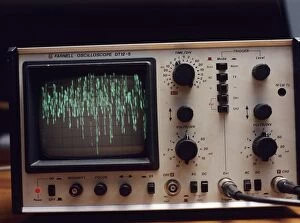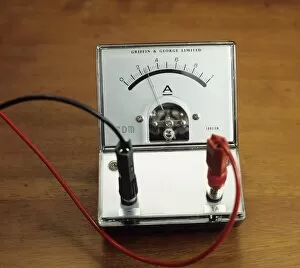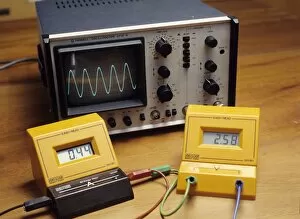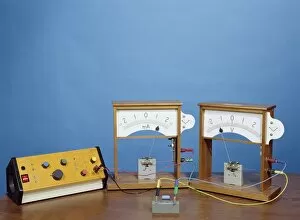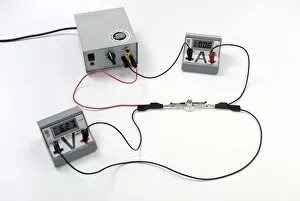Amperes Collection
Amperes, the unit of electric current, play a crucial role in understanding and measuring electricity
For sale as Licensed Images
Choose your image, Select your licence and Download the media
Amperes, the unit of electric current, play a crucial role in understanding and measuring electricity. From oscilloscopes to multimeters, ammeters to voltage multipliers, electrical equipment relies on accurate ampere readings for proper functioning. In a simple electrical circuit, an ammeter is used to measure the flow of current. It allows us to monitor and analyze the behavior of electrons as they move through various components. When combined with a voltage multiplier, an ammeter becomes even more powerful by measuring both current and voltage simultaneously. Electrical fuses also rely on amperes to protect circuits from overcurrent situations. A 15-amp electrical fuse carrier acts as a safety net that breaks the circuit when excessive current flows through it. This prevents damage or fire hazards caused by overloaded circuits. Rewirable electrical fuses are another example where amperes come into play. By selecting the appropriate ampere rating for these fuses, we ensure that they can handle specific levels of current without blowing out prematurely. Understanding amperes is essential not only for professionals working with electricity but also for everyday individuals who use electronic devices regularly. It helps us comprehend how much power our appliances consume and ensures their safe operation within specified limits. So next time you encounter any electrical equipment or find yourself dealing with an electric circuit, remember that behind all those wires lies the concept – guiding us towards efficient energy usage and safeguarding against potential risks associated with excessive currents.

